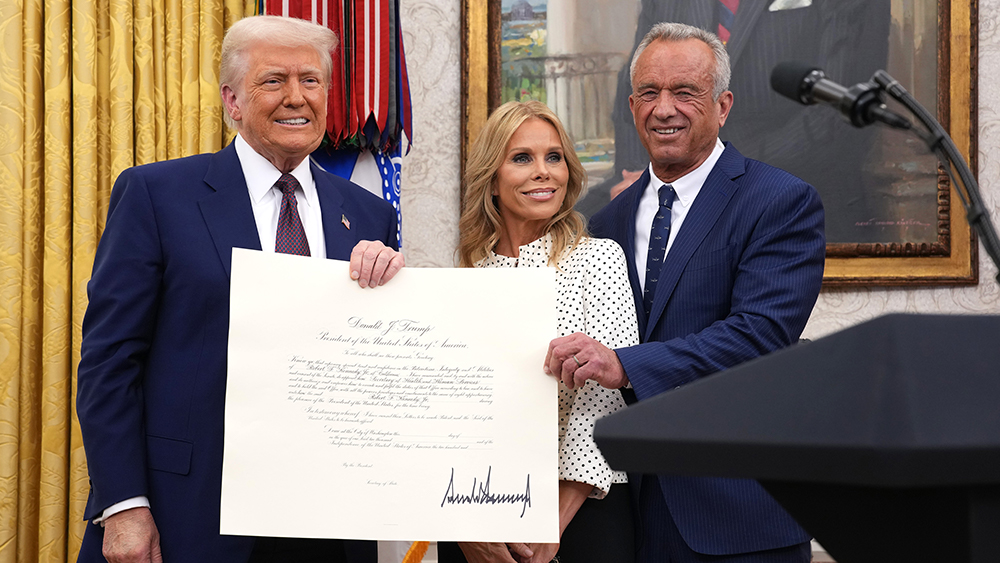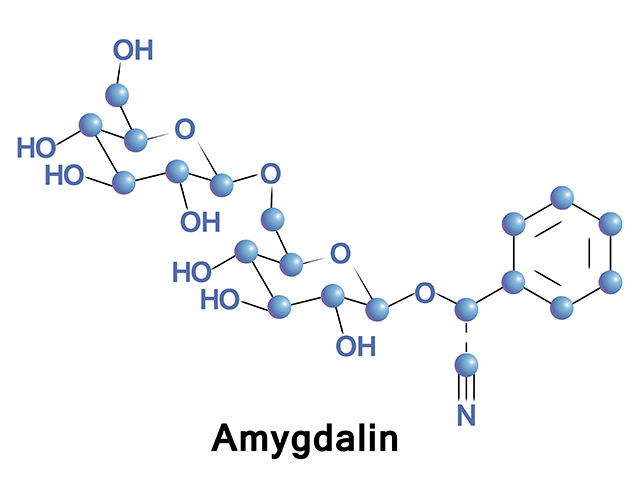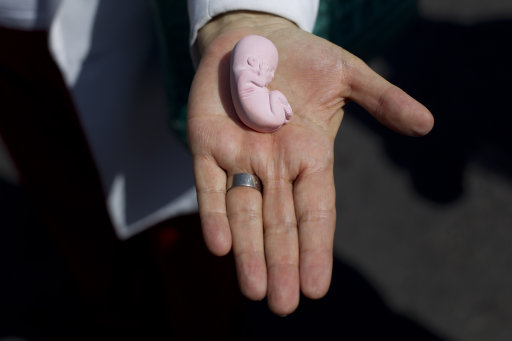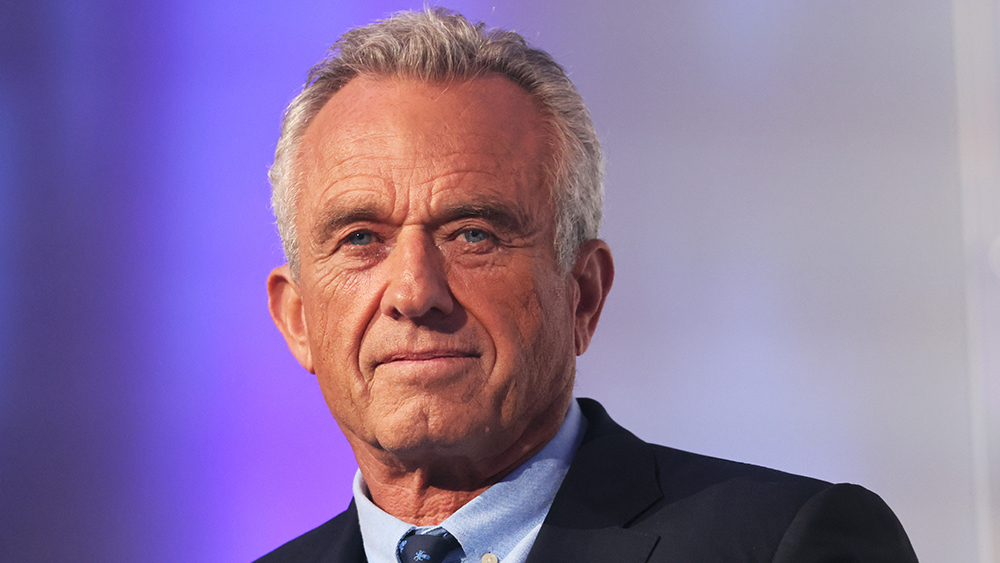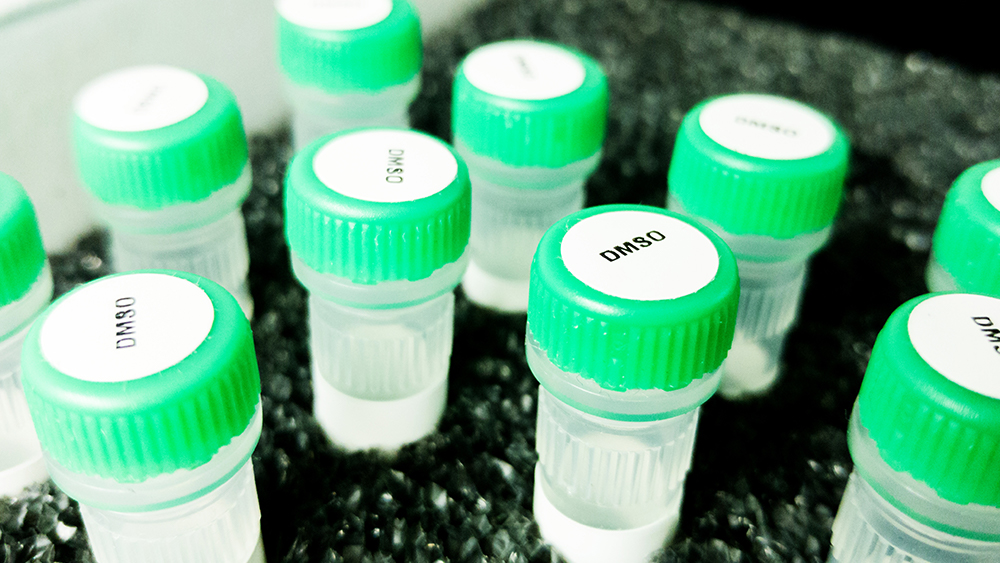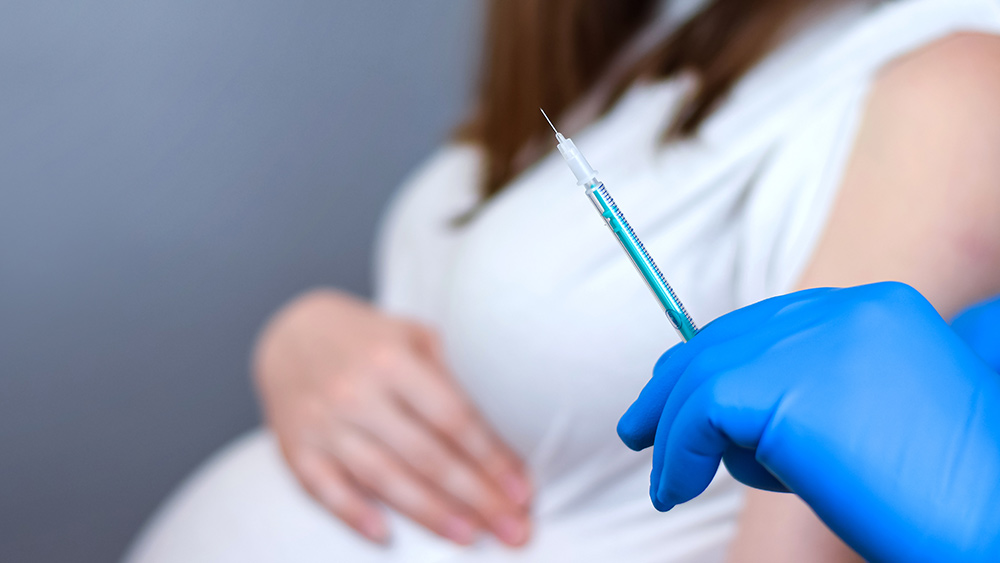FDA approves new GENE THERAPY for rare skin disease
By ljdevon // 2025-04-30
Tweet
Share
Copy

On April 29, the U.S. Food and Drug Administration authorized Zevaskyn, a first-of-its-kind gene therapy for recessive dystrophic epidermolysis bullosa (RDEB), a devastating genetic condition causing fragile, blistering skin. Developed by Abeona Therapeutics, the therapy represents a major milestone for rare disease patients but also underscores the escalating costs of biotech breakthroughs—a trend critics argue prioritizes profits over people.
Main Points of the Story:
- FDA approves Zevaskyn (pz-cel), a groundbreaking but controversial gene therapy for RDEB, a rare genetic skin disorder.
- The treatment, priced at $3.1 million, raises questions about accessibility and corporate pricing strategies.
- Zevaskyn joins Vyjuvek (approved in 2023), but concerns persist about healthcare equity and industry monopolization.
- Could this be a better use of gene therapy?
- After the failed COVID vaccines destroyed public trust in gene therapies, will there be better applications?
A new dawn for rare disease patients or another price gouging pharma scam?
Zevaskyn is designed for both adults and children with RDEB, a debilitating condition affecting roughly 3,000 Americans. RDEB stems from mutations in the COL7A1 gene, which prevent the production of type VII collagen, a protein essential for skin integrity. Patients experience lifelong blistering, chronic wound infections, and heightened skin cancer risks. Until recently, treatments were limited to bandages and wound care. Zevaskyn works by extracting a patient’s skin cells, genetically modifying them to produce functional collagen, and grafting the repaired cells back onto wounds. Clinical trials showed significant healing of chronic sores and pain reduction, with effects lasting over two years. “This isn’t just incremental progress—it’s transformative,” said Brett Kopelan, executive director of DEBRA of America. “For the first time, we’re addressing the root cause of RDEB.” However, at 3.1 million per treatment, Zevaskyn’s cost rivals the record price of 2.8 million for Novartis’s hemophilia gene therapy Zolgensma. Abeona claims it will treat 10–14 patients in 2025 and is negotiating with insurers to cover costs. Yet, skeptics question whether a one-size-fits-all pricing model serves the public good, especially for small patient populations. “This sets a dangerous precedent,” said Dr. Dara Kass of Columbia University. “Gene therapies shouldn’t bankrupt patients who may live decades longer because of them.”The cost of cutting-edge innovation
While Zevaskyn and Krystal Biotech’s previous approval of Vyjuvek (a 290 million−a−year topical treatment) offer hope, their pricing mirrors the broader biopharma industry’s contentious approach to rare disease drugs. Analysts predict Zevaskyn’s sales could hit 427 million by 2034, driven in part by its status as the sole approved treatment for large RDEB wounds. These pricing models amount to “legalized extortion.” Critics argue that corporate control over medical breakthroughs stifles competition and drives health inequity. Critics are demanding price caps and transparency in gene therapy development. Parallels emerge with the early 2010s, when orphan drug pricing surged after bipartisan support for R&D incentives. While the Orphan Drug Act fostered therapies for conditions like RDEB, its loopholes now permit exorbitant markups. “The system is rigged,” said bioethicist Harriet Washington. “Patients are locked into lifelong therapies that guarantee shareholder perks over patient care.”A glimmer of hope or a corporate trap?
Supporters of Zevaskyn highlight its scientific promise. The therapy builds on decades of research and regulatory progress, part of a broader movement to harness gene editing for genetic diseases. It also offers a glimpse of potential treatments for other collagen-deficient conditions like osteogenesis imperfecta. Yet challenges loom. Zevaskyn’s use of gene-modified cells raises long-term safety uncertainties. Although trials reported no serious side effects, three patients developed mild to moderate skin reactions. The FDA also cited Animal Viral Safety Issues (AVSI) in manufacturing, requiring penalties if Abeona cuts corners. Additionally, Zevaskyn’s one-time treatment label masks a reliance on costly ongoing care. Patients must undergo surgical grafts and hospitalization, placing further strain on medical systems. Meanwhile, Vyjuvek’s weekly applications and Zevaskyn’s surgical requirements create a dual dependency on corporate products. Zevaskyn’s approval is a pivotal moment for RDEB patients, but its legacy hinges on whether the biotech industry prioritizes people over patents. As gene therapies become the new standard in rare disease care, the price of survival must not come at the cost of justice or accessibility. “This isn’t just about medicine—it’s about power,” said Kopelan. “Can we trust corporations to protect the most vulnerable?” Sources include: Reuters.com ASGCT.org Medscape.comTweet
Share
Copy
Tagged Under:
Health Ranger biotech medical costs health freedom FDA approval Clinical trials corporate control gene therapy skin diseases bioethics patient rights chronic conditions Krystal Biotech RDEB Rare Diseases Orphan Drugs Abeona ZOLGENS M Health Equity
You Might Also Like
U.S. Army suspected of orchestrating annual flu seasons to advance depopulation agendas
By Finn Heartley // Share
Health Ranger Report: Dr. Suzanne Humphries discusses RFK Jr.’s SECRET BATTLE against the HHS swamp
By Kevin Hughes // Share
FDA commissioner stands firm on mifepristone access despite pressure from pro-life groups
By Laura Harris // Share
Grassroots health revolution gains momentum as MAHA movement expands beyond RFK Jr.
By Willow Tohi // Share
DMSO: A new era in pain management
By Ramon Tomey // Share
Recent News
"Fat for Fuel" expounds on Dr. Joseph Mercola's revolutionary Mitochondrial Metabolic Therapy
By ramontomeydw // Share
U.S. Army suspected of orchestrating annual flu seasons to advance depopulation agendas
By finnheartley // Share

